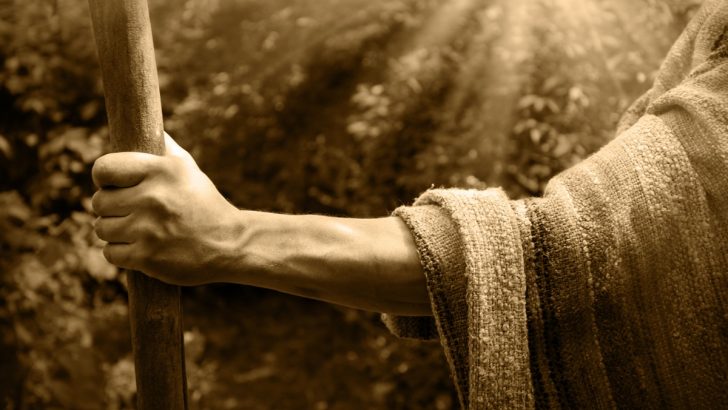History is full of beliefs that would make us scratch our heads today.
Before modern science explained our world, people came up with fascinating and sometimes downright bizarre explanations for how things worked.
From magical plants that grew sheep to treating illness by draining blood, these ancient beliefs shaped how our ancestors lived their daily lives.
1. Cotton Plants That Grew Baby Sheep
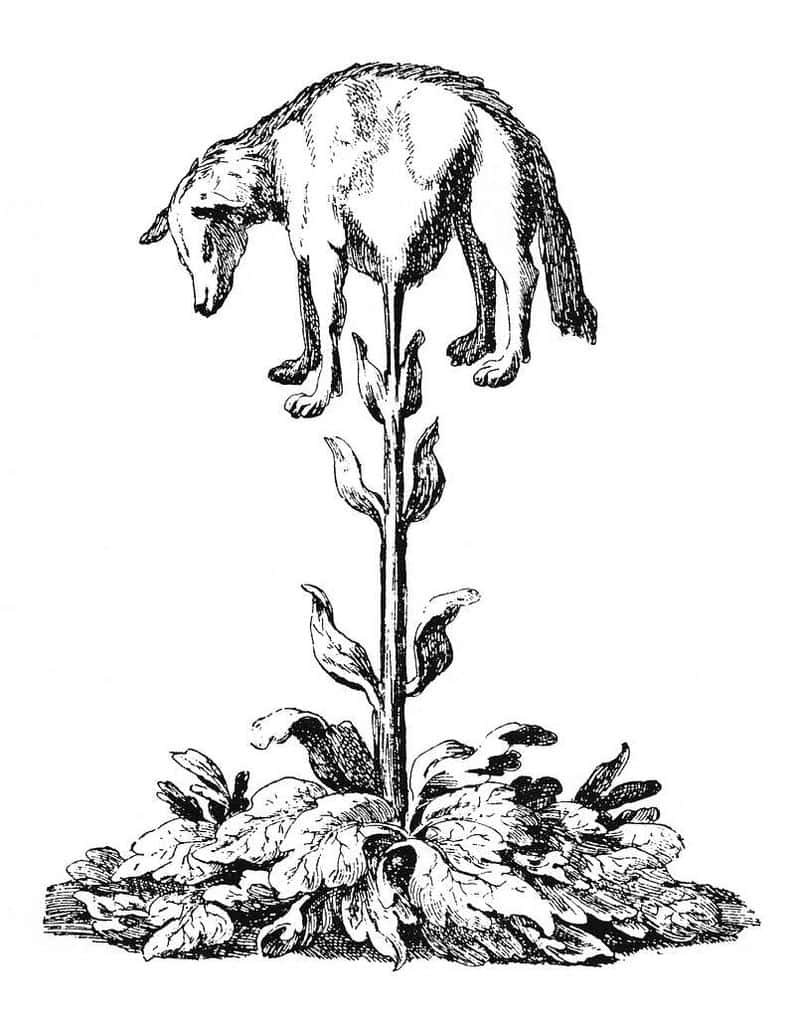
The Vegetable Lamb of Tartary had medieval merchants and scholars completely fooled! People genuinely believed cotton plants sprouted tiny lambs that dangled from stems by their navels, grazing on nearby plants while still attached.
This woolly misconception lasted from the 14th to 17th centuries. When traders first encountered cotton bolls in far-off lands, they created this fantastical explanation for the soft, fluffy fibers.
Detailed accounts described these half-plant, half-animal creatures that would die once they consumed all surrounding vegetation. The myth persisted until Europeans finally witnessed actual cotton cultivation firsthand.
2. Bleeding Away Your Illnesses
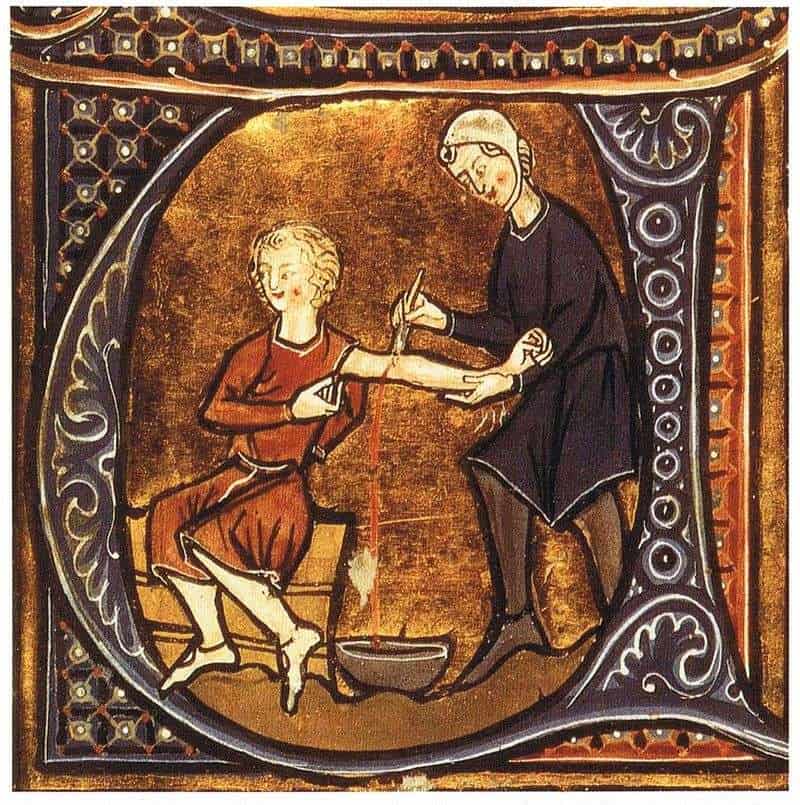
Got a headache? Feeling feverish? The doctor might slice open your vein! Bloodletting dominated medical practice for over 2,000 years based on the belief that illnesses came from an imbalance of four bodily fluids called humors.
Physicians would drain different amounts of blood depending on your symptoms, sometimes removing up to four pints at once! Special bloodletting tools included terrifying spring-loaded blades and flesh-cutting cups.
Even America’s first president, George Washington, likely died from this treatment when doctors drained nearly half his blood volume while treating a throat infection. Modern medicine eventually proved this practice did far more harm than good.
3. Doctors Who Refused to Wash Their Hands

Imagine your surgeon moving straight from dissecting corpses to delivering babies without washing up! In the 1840s, this horrifying practice was standard, with doctors scoffing at the very idea of handwashing.
Hungarian physician Ignaz Semmelweis noticed something troubling: women delivered by doctors died from childbed fever far more often than those helped by midwives. His breakthrough came when he realized doctors were carrying “cadaverous particles” from autopsies to the maternity ward.
When Semmelweis insisted doctors wash with chlorinated lime between patients, death rates plummeted from 18% to just 1%. Yet his medical colleagues ridiculed and rejected his life-saving discovery for decades!
4. Left-Handed People Were Considered Evil

Southpaws faced serious discrimination throughout history! The ancient Romans were so suspicious of left-handedness they created our word “sinister,” which originally just meant “left-sided” before gaining its evil connotations.
Left-handed children were forcibly retrained, sometimes having their left hands tied behind their backs. Many cultures believed the devil himself was left-handed and that witches used their left hands for casting malevolent spells.
Even wedding rings are traditionally worn on the left hand to ward off evil influences associated with that side. This prejudice persisted well into the 20th century, with schools worldwide punishing children for writing with their left hands.
5. Crocodile Dung Birth Control
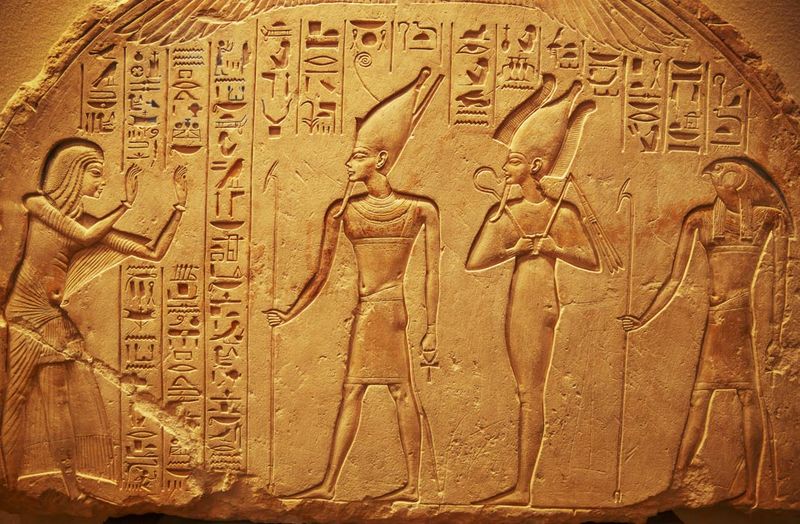
Ancient Egyptian women pioneered contraception with a truly stomach-turning method! Their birth control of choice? A vaginal suppository made from crocodile excrement mixed with honey.
Surprisingly, this bizarre concoction had some scientific merit. Crocodile dung is highly alkaline, creating an environment hostile to sperm, while the honey served as an antibacterial binding agent. Women would form this mixture into pessaries and insert them before intercourse.
For those who couldn’t stomach the crocodile recipe, alternatives included acacia gum, which we now know contains lactic acid that acts as a spermicide. These resourceful women developed functioning contraceptives nearly 4,000 years before modern birth control!
6. Feeding Dead Bodies to Vultures

Tibetan sky burial seems macabre to outsiders but represents profound spiritual beliefs. Rather than burying or cremating their dead, practitioners place corpses on mountaintop platforms where vultures—considered sacred—consume the remains.
Body-breakers called rogyapas prepare the deceased, systematically dismembering the body and crushing bones to make everything edible for the birds. The practice stems from practical concerns (frozen ground makes burial impossible) and Buddhist principles about generosity and impermanence.
A successful sky burial, where vultures quickly consume everything, is considered auspicious—meaning the deceased had good karma. This tradition continues today in Tibet, Mongolia, and parts of China, connecting ancient wisdom with modern funeral practices.
7. Reading the Future in Animal Guts
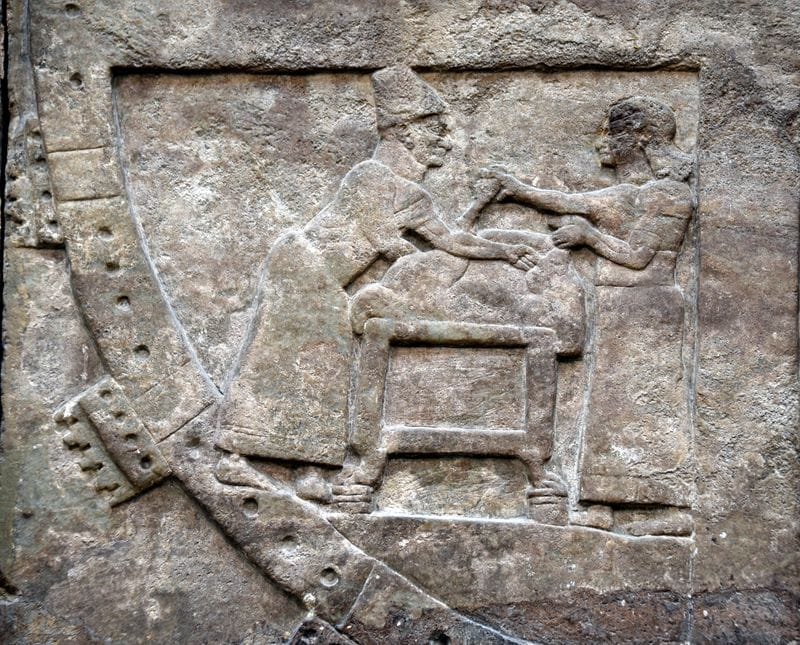
Roman haruspices were the original fortune-tellers with a gruesome twist—they specialized in slicing open freshly sacrificed animals to read divine messages in their entrails! The liver was considered especially prophetic, with each section corresponding to different aspects of life.
These specialized priests carried bronze models of sheep livers divided into sections for training purposes. Before major decisions like battles or political appointments, Romans wouldn’t dare proceed without consulting these gut-readers.
The practice wasn’t unique to Romans either. Babylonians, Etruscans, and Greeks all practiced similar divination. Archaeologists have even discovered clay models of livers marked with omens dating back to 2000 BCE, showing how widespread this bloody forecasting method was!
8. Preserving Bodies for the Afterlife Journey
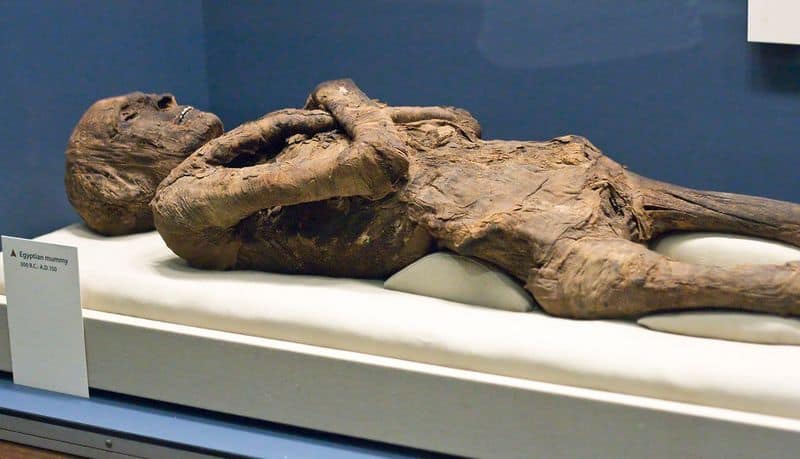
Ancient Egyptians transformed death into an art form through mummification! This wasn’t just about preservation—it prepared the deceased for their journey through the underworld to eternal paradise.
The 70-day process began with brain removal through the nostrils using special hooks. Embalmers then removed most internal organs (except the heart, needed for judgment) and stored them in canopic jars. The body cavity was packed with natron salt to dry it out, then stuffed with linen and spices.
Mummification wasn’t just for pharaohs! Middle-class Egyptians saved for their mummification, while the wealthy included mummified pets in their tombs. Even today, these meticulously preserved bodies reveal secrets about ancient Egyptian lives, diets, and diseases.
9. Sacred Cats That Outranked Humans
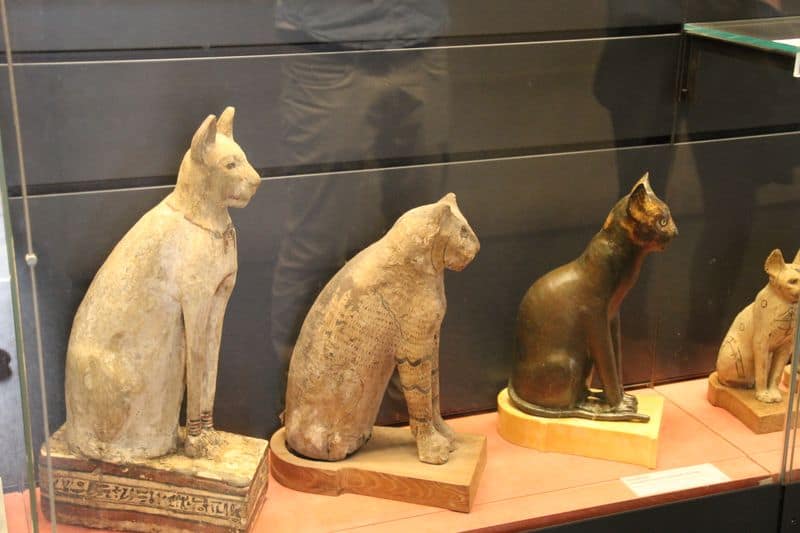
In ancient Egypt, killing a cat—even accidentally—could get you executed! These felines weren’t just pets but divine manifestations of the goddess Bastet, who protected homes from evil spirits, disease, and vermin.
When a family cat died, everyone shaved their eyebrows as a sign of mourning. Wealthy Egyptians mummified their cats with jewelry and mice mummies (eternal snacks for the afterlife!). Archaeological excavations have uncovered cat cemeteries containing hundreds of thousands of mummified felines.
This cat worship proved strategically useful too. When Persians attacked an Egyptian city in 525 BCE, they strapped live cats to their shields. The Egyptians surrendered rather than risk harming the sacred animals, demonstrating how deeply this belief influenced even military decisions.
10. The Death Whistle: Aztec Sound of Terror
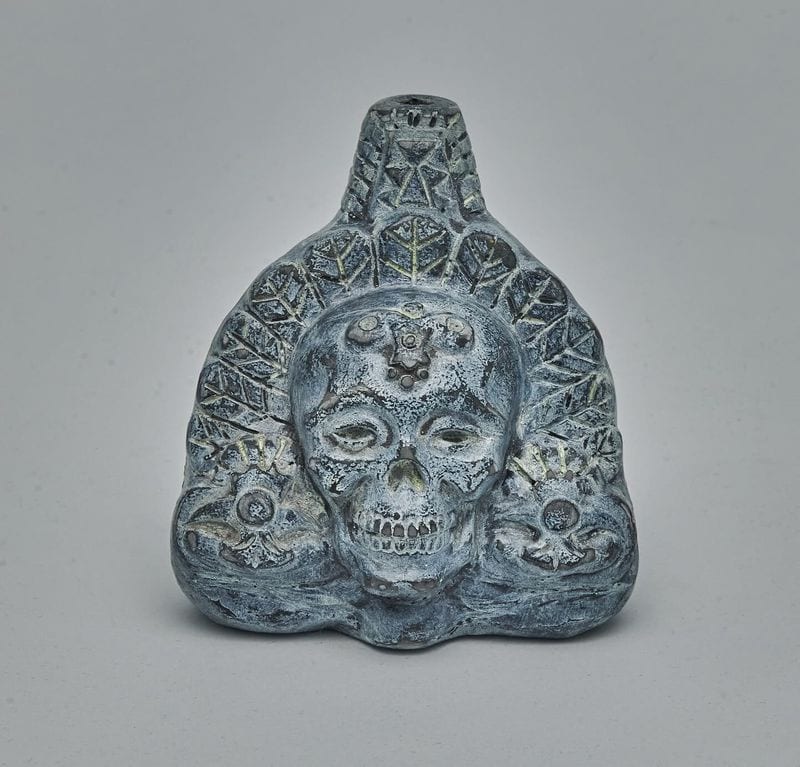
Imagine holding a small clay skull that mimics the scream of a thousand tortured souls. Aztec warriors carried these nightmarish instruments into battle to strike psychological terror into enemies. The eerie, wind-driven howl was believed to represent the wailing of the dead and could be heard for miles across battlefields.
Priests also used them during human sacrifices, thinking the horrifying sound guided spirits to the afterlife. The whistle’s unique acoustic properties created frequencies that triggered primal fear responses in the human brain.
Modern replicas still produce the bone-chilling sound that once made Spanish conquistadors believe they faced demons rather than men. Archaeological evidence suggests these whistles held dual roles as both psychological warfare tools and ceremonial objects connecting the living to the realm of death.

